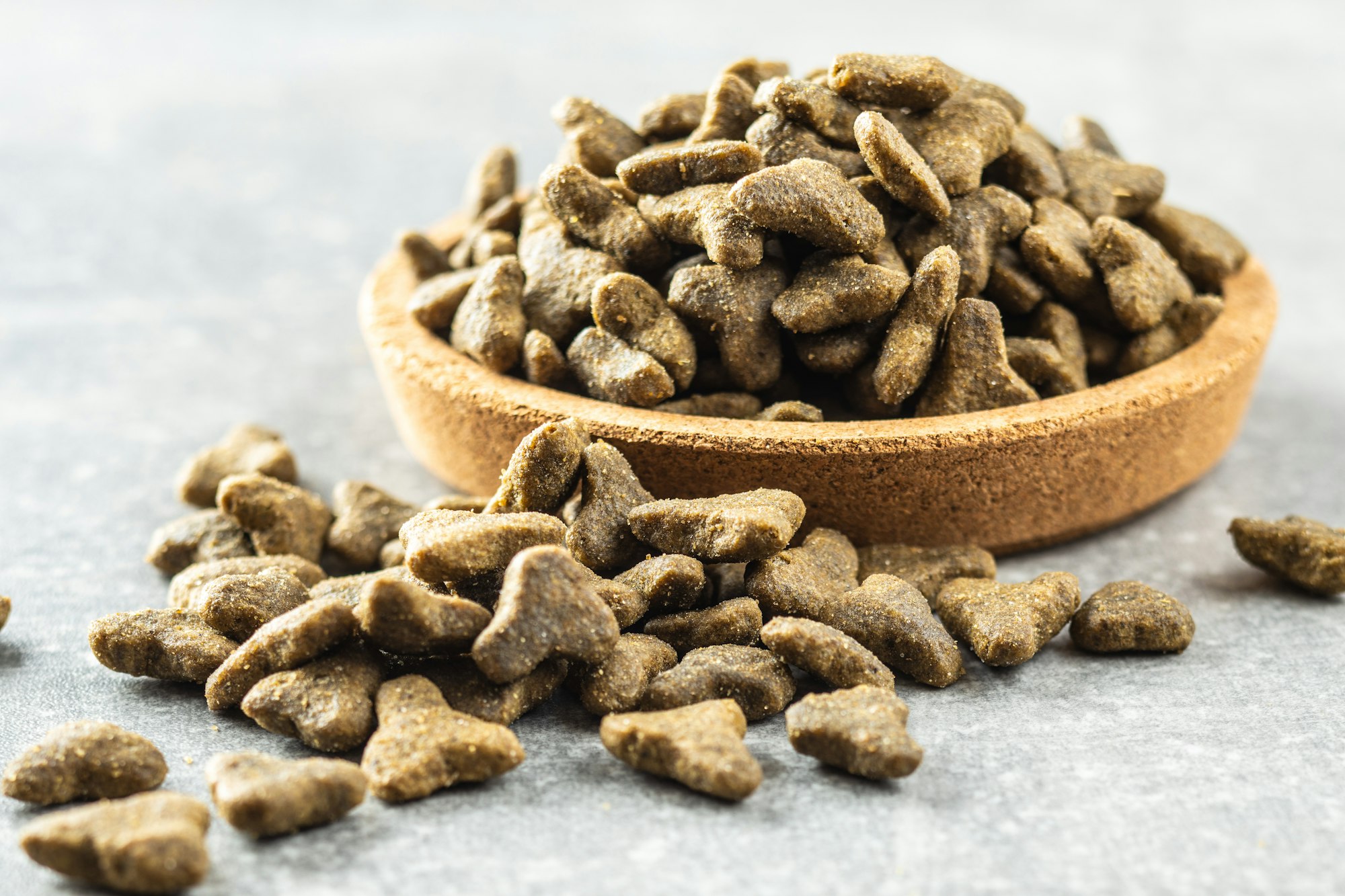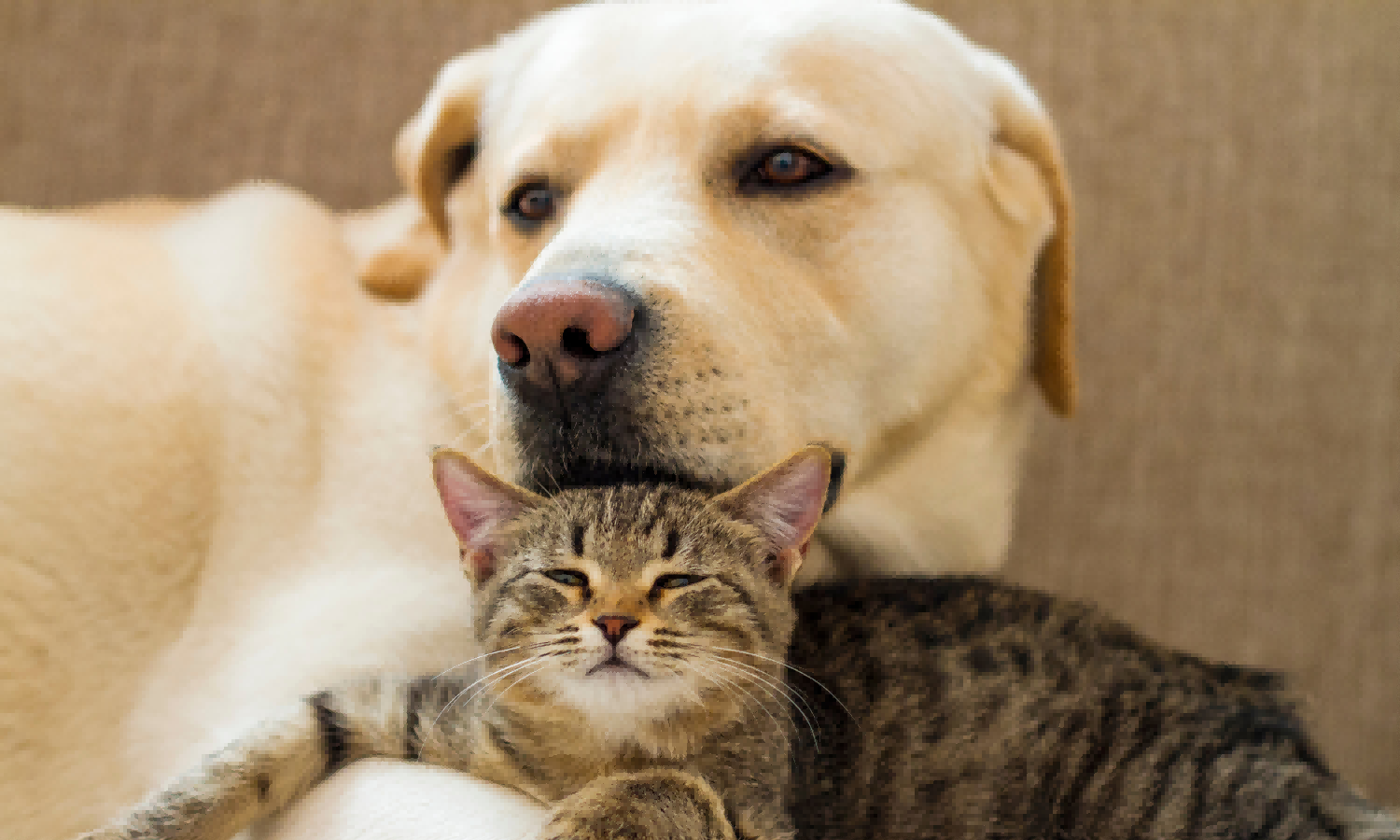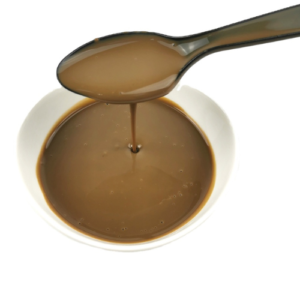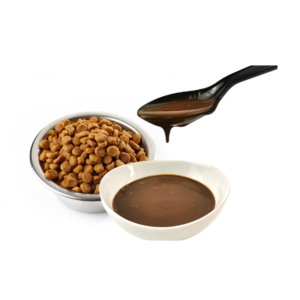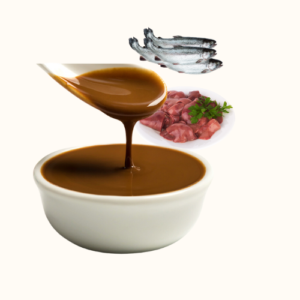Pet Food Palatability
As a pet food manufacturer, palatants are a critical aspect of creating irresistible, nutritious cat food. But what exactly are palatants, and why are they so vital in cat food formulations?
In this blog, we’ll explore the science behind palatants, their role in enhancing pet food, and how they benefit pet food manufacturers. If you’re in the pet food industry and looking to improve the palatability of your products, you’ll find this guide insightful and useful. Let’s dive into the world of cat food palatants.

What Are Palatants?
Palatants are specialized ingredients or additives used in pet food to enhance the aroma, taste, and texture, making the food more appealing to pets. Cats, being notoriously picky eaters, are particularly sensitive to the smell and flavor of their food. Palatants can include natural or artificial flavor enhancers derived from proteins, fats, or other sources, tailored to cater to a cat’s taste preferences.
The goal of palatants is simple: ensure that the food is not only nutritious but also irresistible to cats, driving them to consume their meals eagerly.
The Importance of Palatants in Cat Food
Why do manufacturers invest so much in palatability? Here are a few key reasons:
- Cat’s Selective Nature: Cats have a more refined sense of smell and taste compared to dogs. They may reject food that doesn’t appeal to them, even if it’s nutritionally balanced. Palatants solve this by enhancing the food’s sensory appeal.
- Improved Consumption Rates: Pet owners are more likely to continue purchasing a brand if their cat consistently eats the food. By improving the palatability of cat food, manufacturers ensure repeat purchases and brand loyalty.
- Supports Dietary Transitions: Transitioning a cat from one food to another—whether due to health reasons or life stage changes—can be tricky. Palatants help ease this transition by making the new food more appetizing, encouraging acceptance of the change.

Types of Cat Food Palatants
Palatants come in various forms, each with specific roles in enhancing a cat’s eating experience. Below are the most common types:
- Protein-Based Palatants:
These are derived from real meat, fish, or poultry. Cats are obligate carnivores, meaning their diet naturally leans toward animal proteins. Protein-based palatants are highly attractive to cats because they mimic the flavors of their natural prey. - Fat-Based Palatants:
Fats are another essential component in cat food that adds richness and flavor. Fat-based palatants are often sprayed onto kibble to increase its appeal. Fats are also essential for the proper absorption of fat-soluble vitamins, making them beneficial both nutritionally and palatably. - Yeast-Based Palatants:
Yeast extracts can be used to enhance flavor profiles, particularly in dry kibble. These extracts can bring a savory umami flavor that cats tend to love.
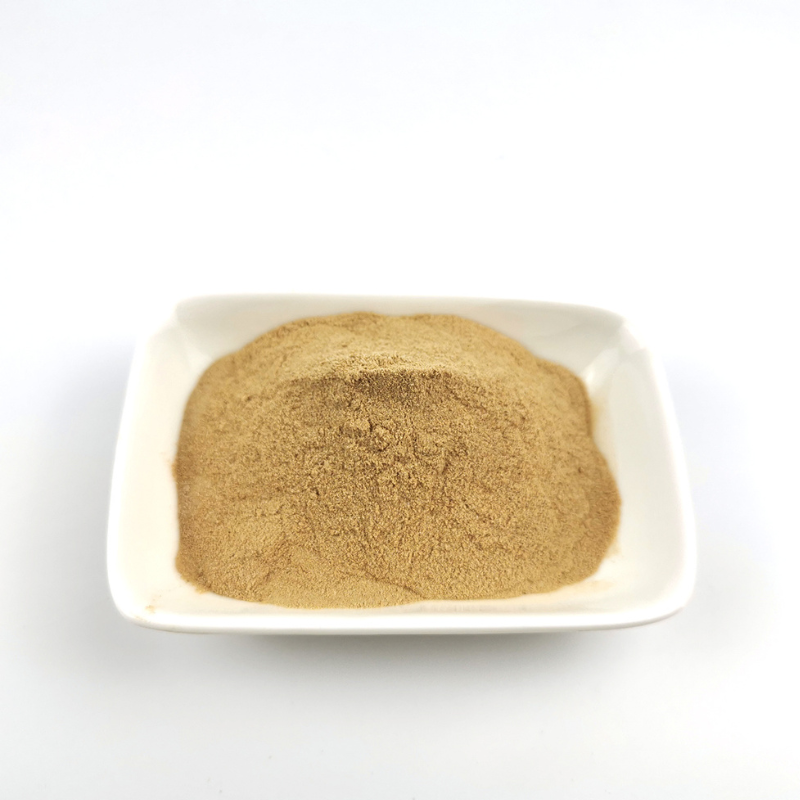
- Synthetic Palatants:
Sometimes artificial flavors are added to enhance food appeal. These synthetic options are created in labs and designed to replicate the smell and taste of natural ingredients, offering manufacturers flexibility in formulation and consistency.
How Palatants Work
Palatants work by stimulating a cat’s sense of smell and taste. The process starts as soon as the cat approaches the food, as its powerful sense of smell picks up the enhanced aroma. Once the cat takes a bite, the palatants continue to work their magic by interacting with taste receptors, delivering a burst of flavor.
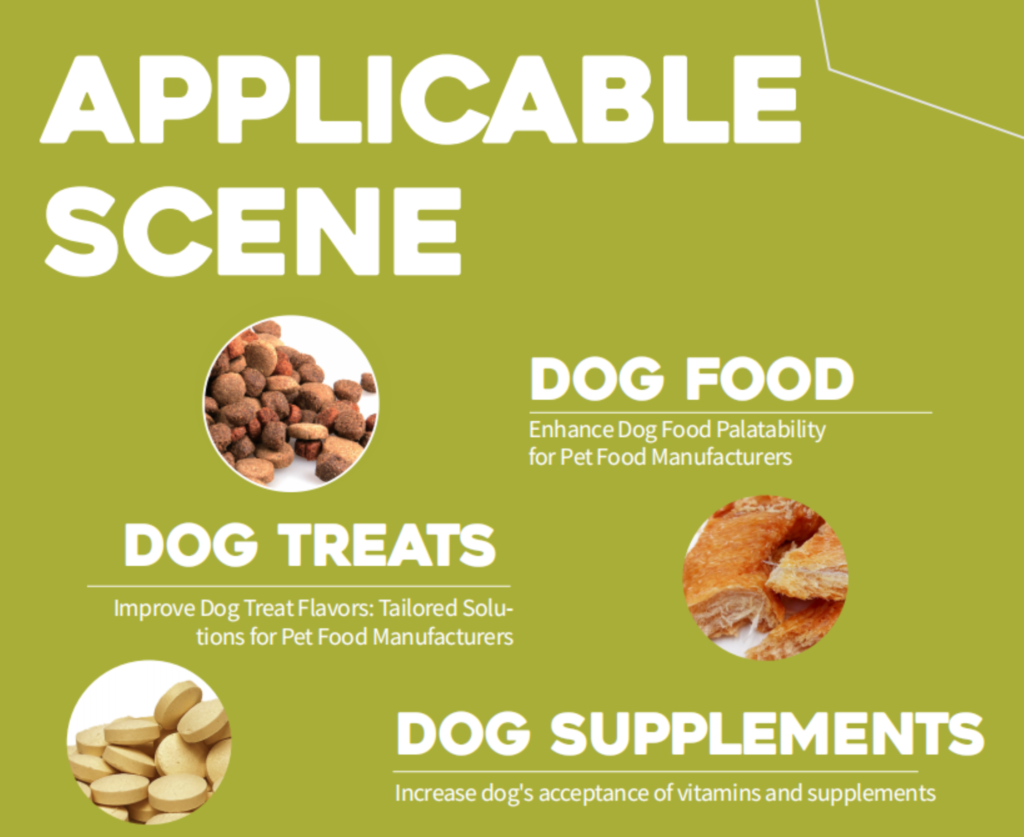
Cats are known to have fewer taste buds than humans, but they’re more sensitive to certain compounds, especially those found in meat. Palatants are specifically designed to target those sensitivities, ensuring maximum flavor appeal.
The Science Behind Palatability Testing
Before a cat food product hits the shelves, it undergoes rigorous testing to determine its palatability. There are several ways this is done:
- Two-Bowl Preference Tests:
In this test, cats are presented with two bowls of food—one containing the food with palatants and the other without. Their preference is recorded based on how much they consume from each bowl. - Single-Bowl Tests:
Here, the food is presented in one bowl, and researchers observe the cat’s consumption over a set period. This helps assess the overall acceptance of the food. - Long-Term Feeding Trials:
These tests track a cat’s willingness to continue eating the same food over an extended period. Consistency is key, as a food that a cat loves today may be rejected tomorrow.
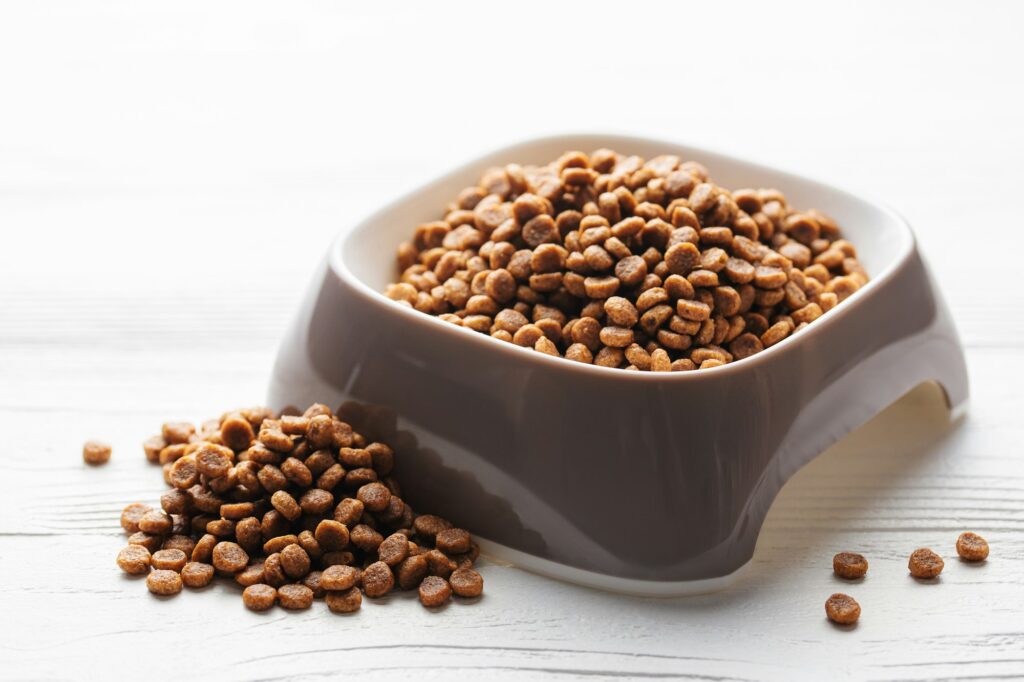
Why Palatants Matter for Pet Food Manufacturers
As a pet food manufacturer, ensuring that your product meets both the nutritional needs and the taste preferences of cats is crucial. Palatants offer a significant advantage in this competitive industry by:
- Boosting Product Appeal:
A well-formulated food may have excellent nutrition, but without palatants, it might lack the sensory appeal cats crave. Palatants help bridge that gap, making your product both nutritious and delicious. - Gaining Customer Loyalty:
If a cat loves a particular food, the owner is more likely to continue purchasing it. This leads to brand loyalty and repeat business, which is invaluable for manufacturers. - Enhancing Product Differentiation:
In a crowded market, palatants offer a unique selling point that can differentiate your brand from competitors. A food that consistently ranks high in palatability tests is more likely to gain market traction. - Supporting New Product Launches:
Introducing a new product or flavor? Palatants can make the launch smoother by ensuring that cats accept the new offering with enthusiasm, reducing the risk of rejection.
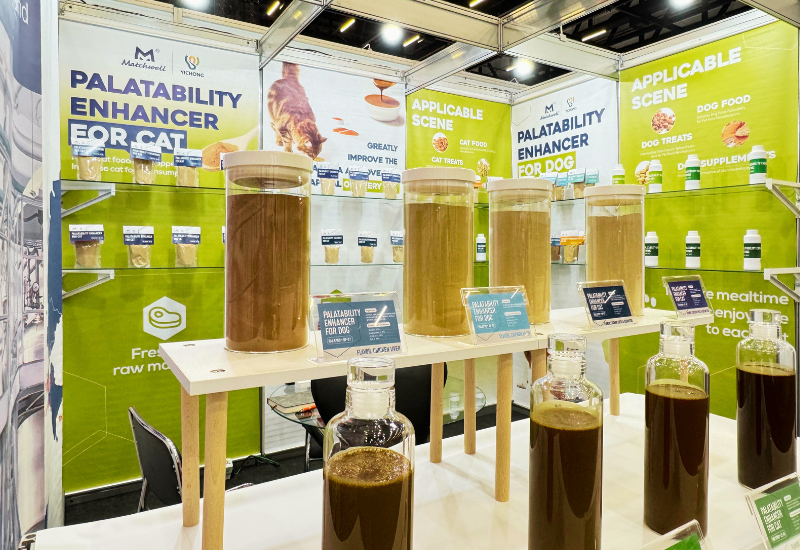
Innovations in Palatants: What’s Next?
The pet food industry is constantly evolving, and so are palatants. As consumer demand shifts towards healthier, more natural options, the trend is moving toward natural palatants. These are derived from clean, whole food sources without artificial additives, aligning with the growing preference for clean-label products.
Additionally, there is increasing research into the microbiome and how it influences taste preferences. Scientists are exploring ways to develop palatants that not only taste great but also support gut health, creating a win-win for pets and owners alike.
Why Palatants Are Crucial in Cat Food Formulation
Given the selective nature of cats, palatants are indispensable for anyone involved in the formulation of cat food. Without them, even the most balanced and nutrient-rich product can fail to gain traction in the market. Palatants act as the secret weapon in getting cats to eat their food, ensuring both their health and satisfaction.

For manufacturers, investing in high-quality palatants means improved market success, higher customer retention, and a product that stands out in an increasingly competitive field.
Conclusion: The Secret Ingredient for Success
In the world of cat food, palatants may not be visible to the naked eye, but their impact is undeniable. By enhancing the flavor, smell, and texture of cat food, they play a vital role in ensuring that cats not only eat their food but enjoy it. For manufacturers looking to stand out in the pet food market, investing in high-quality palatants can make all the difference.
To learn more about incorporating palatants into your cat food formulations and how ProfyPet can help, visit ProfyPet.com.
Meta Description: Discover what palatants are in cat food and how they enhance taste, driving better consumption. Learn more about palatants from ProfyPet.
By understanding palatants and their role in making cat food appealing, you’ll be better equipped to offer products that not only meet nutritional standards but also satisfy the pickiest of eaters.
Sources:
- “Palatants in Pet Food,” PetFoodIndustry.com
- “Palatability Testing for Cats,” ScienceDirect
- “Protein and Fat in Pet Food,” AAFCO.org

